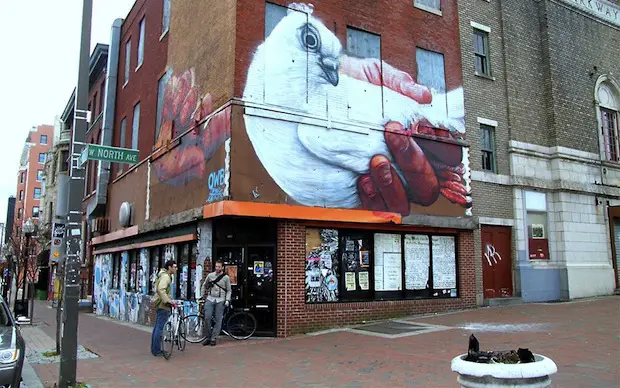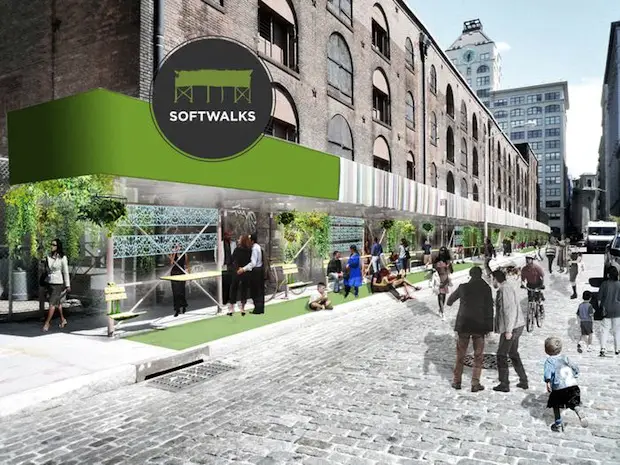Over the last 10 years Hamburg has become the setting for an intense debate around urban policy and creative cities. Some experts, including creative class ‘creator’ Richard Florida, even suggest that the case of Hamburg could constitute a new model for socially sustainable creative cities.
Hamburg is exemplary of Florida’s creative class idea. With emphasis on Florida’s 3 Ts (Technology, Tolerance and Talent), the entrepreneurial city council has developed urban growth policies a) to attract global talent and b) to expand the city’s creative milieus, that is, the physical, social and cultural environments in which people act and live. With these core creative class imperatives, the city has acknowledged the importance of creative policy impulses in enhancing its national and international competition advantage.
Hamburg, being an industrial centre rather than a traditional university hub, has unrealised potential to break into new fields of higher and vocational education, expanding its already well-established position in media and logistics markets. Additional to the interest in engaging knowledge workers, Hamburg has recognised the brand value of the city’s authentic creative quarters and autonomous artist scenes. These quarters do not only contribute to the ‘Hamburg brand’, but form the paradox core of an openness policy presented in Hamburg’s ‘Talent City’ and ‘Growing City’ strategy.
The entrepreneurial city sees openness as a tool for a culture-led economic growth process, aiming at opening up the expansion potential of creative milieus through what the council defines as “flexible and contemporary planning imperatives”.
Although providing support for the creative sector through flexible, mostly temporary concepts, these imperatives are aimed at activating the long-term relevance of specific sites for external developers, not for the artists and cultural producers who added distinct character to the area.
It is questionable how efficient creative milieus can be planned and structured through policy imperatives, as creativity emerges as an unplanned and informal phenomena, which should not be misunderstood as an elite attribute, but as a property for everyone in a community.
As a result of Hamburg’s culture-led growth strategy, many artists and creative professionals felt instrumentalised by the development policies. They have published a ‘Not in our Name’ manifesto to protest against the ‘Hamburg Brand’, as they were not willing to contribute to the creative city image, while paying the price of being displaced.
For these activists it was essential to defend their right to access and self-sustain central city amenities such as affordable space for cultural and social reproduction, rather than subjecting to superficial planning imperatives, which did not respond to their specific needs; in the worst case diminishing space for experimentation and ‘openness’.
Artist-led activism in the city arguably reached a peak around issues related to the proposed redevelopment of Hamburg’s heritage Gängeviertel site (pictured above), and since then artists have maintained a progressive role in mediating between council and activists. Hamburg bought back Gängeviertel from its investor in order to reassess the development agenda in cooperation with cultural producers and artists, and the site is currently run by a resident cooperative that follows an independent development agenda which aims to:
a) Maintain ‘openness’ for non-regulated opportunity and innovation
b) Maintain a transparent multi-stakeholder balance
c) Assess the long-term achievability of emancipatory creative city ideals
Two of Hamburg’s recent remarkable urban projects – Hamburg HafenCity and IBA Hamburg – have followed the activist tradition of aiming to create socially and economically sustainable structures. Both projects build upon the learning process from gentrification and creative class ideology by risk assessing different distribution models of social, cultural and economical capital, i.e. through carefully planned social engineering. One of the risks to which the verdict remains open, however, is whether these projects constitute ‘new-built gentrification’. Some activists criticise that the elitist architecture of the site inevitably attracts high-income residents, raising concern about the long-term sustainability of affordable housing and housing co-ops.
Nevertheless, Hamburg is today in perfect position to progress from creative class policy, having gone through intense debates involving the people who were directly undermined by it. IBA Hamburg and HafenCity, to some extent, are solid examples of policy which is creative and visionary to the city’s sustainable growth without necessarily adhering to Florida’s rather conceptually unclear creative class.
Silvie Jacobi is an artist and cultural strategist studying urban geography and creative industries at King’s College London.


